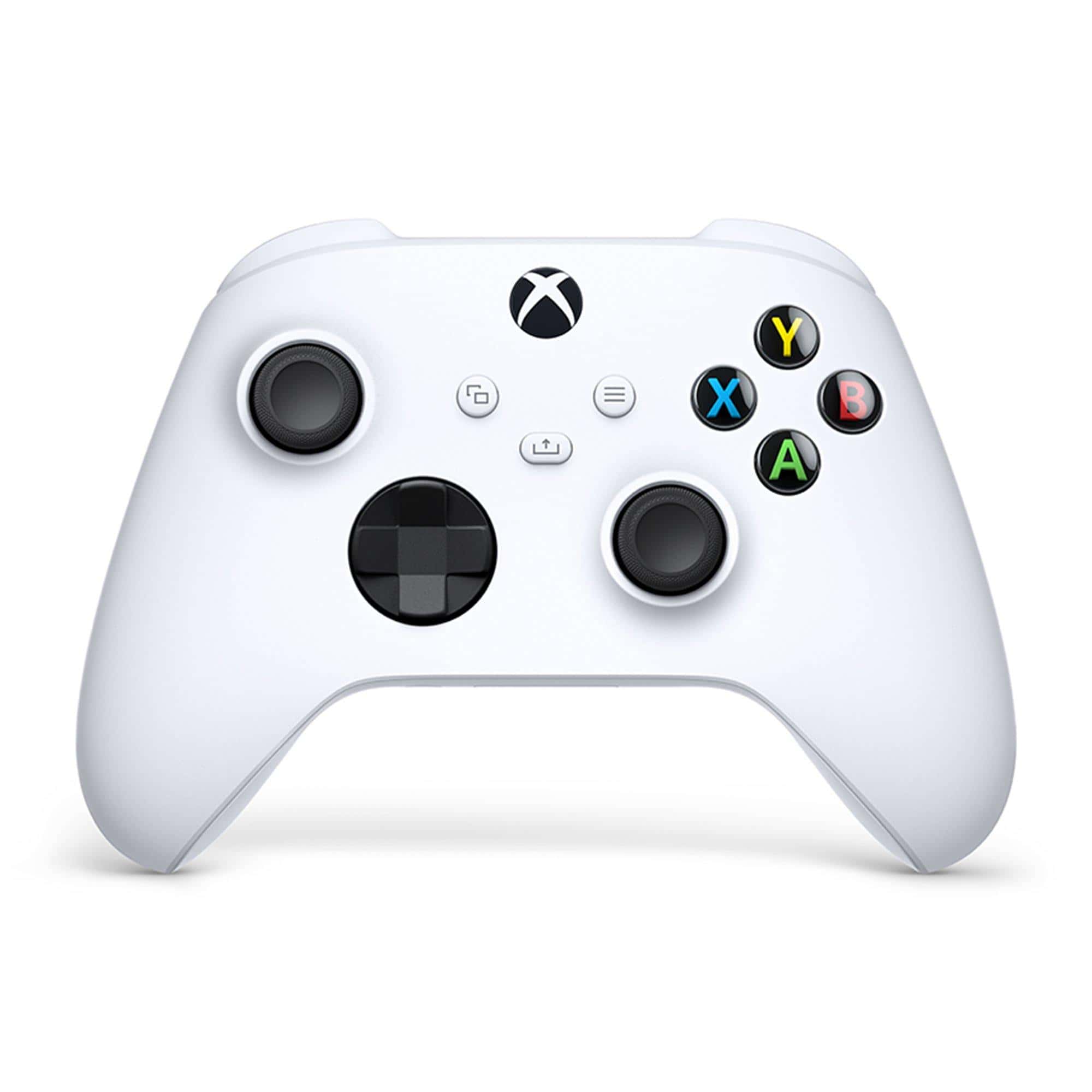Xbox Series X controller charging problems can be frustrating. Many gamers have run into issues with their Play and Charge kits not working as expected. The most common causes are faulty batteries, damaged USB ports, or outdated firmware.
There are a few simple steps to try when your controller won’t charge. First, check that the battery pack is seated properly in the controller. Next, try using a different USB cable or power source. If those don’t work, updating your controller’s firmware may help.
For ongoing issues, reaching out to Microsoft support is often the best option. They can help troubleshoot more complex problems or arrange a replacement if needed. Taking good care of your controller and battery can also prevent charging issues down the road.
Troubleshooting Your Xbox Series X Controller Charging Issues
It can be frustrating when your Xbox Series X controller won’t charge. Before you buy a new one, there are a few troubleshooting steps you can take to get it working again. Here’s a breakdown of common causes and how to fix them:
1. Check the Basics
Sometimes the simplest solutions are the best:
- Is the controller properly connected? Make sure the USB-C cable is securely plugged into both the controller and a power source (either the console itself or a wall adapter).
- Is the power source working? Test the outlet or USB port with another device to ensure it’s supplying power. If you’re using a wall adapter, make sure it’s designed for the Xbox controller’s power requirements.
- Try a different USB-C cable. Cables can wear out or become damaged. Using a different cable can help you pinpoint if this is the issue.
2. Inspect the Controller and Charging Port
- Look for debris or damage: Check the charging port on the controller for any dust, lint, or obstructions that might be preventing a good connection. Use a can of compressed air to gently clean it out. Also, inspect the port for any bent pins or physical damage.
- Check the battery contacts: If you’re using a rechargeable battery pack, make sure the contacts on the battery and inside the controller are clean and free of corrosion.
3. Controller or Console Issues
- Restart your Xbox Series X: A simple console restart can sometimes resolve software glitches affecting controller charging.
- Try connecting the controller to a PC: If the controller charges when connected to a PC, there might be an issue with your Xbox console’s USB port.
- Update your controller firmware: Outdated firmware can occasionally cause problems. Connect your controller to your Xbox and check for any available updates.
4. Battery Pack Problems
- Is the battery pack old? Rechargeable batteries have a limited lifespan. If your battery pack is old, it might be time for a replacement. Consider purchasing a new rechargeable battery pack or high-quality disposable batteries.
- Try a different battery pack: If you have another Xbox battery pack, try using it in the controller to see if the problem lies with the battery itself.
5. When to Seek Professional Help
If none of these solutions work, there might be a more serious hardware issue with either the controller or your console. In this case, it’s best to contact Microsoft support or consider sending it in for repair.
Remember, it’s always a good idea to check your warranty status before seeking professional repair.
Key Takeaways
- Check connections and try different cables to rule out simple fixes
- Update controller firmware to resolve software-related charging problems
- Contact Microsoft support for help with persistent charging issues
Understanding the Xbox Series X Controller
The Xbox Series X controller is a versatile device with various power options. It works with rechargeable batteries or standard AA batteries, giving players flexibility in how they use and charge their controllers.
Components and Overview
The Xbox Series X controller is a wireless device that connects to the console via Bluetooth. It has buttons, triggers, and joysticks for gameplay. The controller also has a USB-C port for wired connections and charging. Inside, there’s a battery compartment that can hold different power sources.
The controller has improved features over older models. These include a new D-pad design and textured grips for better control. It also has a dedicated share button for capturing and sharing game content quickly.
Battery Options
Players can power their Xbox Series X controllers in different ways. One option is to use AA batteries, which are easy to replace when they run out. Another choice is a rechargeable battery pack made for the controller.
The rechargeable pack fits inside the controller and charges through the USB-C port. This lets players charge while playing or when the controller is not in use. Some third-party charging stands are also available for convenient charging between gaming sessions.
It’s important to use the right charger for the controller. Using a charger that’s too powerful can damage the battery over time. The official Xbox charger or a low-wattage USB charger (5 watts or less) is best for safe charging.
Troubleshooting Charging Issues
Xbox Series X controller charging problems can be frustrating. Several factors may cause these issues, from cable problems to battery health concerns.
Common Charging Problems
Many Xbox Series X users face charging difficulties. The controller may not charge when plugged in. Sometimes, it shows as connected but doesn’t gain power. In other cases, the battery level stays the same even when charging.
These issues can stem from different sources:
- Faulty USB-C cables
- Damaged charging ports
- Worn-out batteries
- Software glitches
It’s important to check each potential cause to fix the problem.
Checking Cable and Ports
Start by examining the USB-C cable and ports. Look for visible damage or debris. Try these steps:
- Clean the ports with compressed air
- Test with different cables
- Use various USB ports on the Xbox
Avoid using high-wattage chargers, as they can damage the controller. Stick to the official Xbox charger or a 5-watt option.
Battery Health Assessment
Battery issues often cause charging problems. Signs of a failing battery include:
- Quick power loss
- Inconsistent charge levels
- Inability to hold a charge
To test your battery:
- Try a different battery if available
- Use AA batteries to see if the controller works
- Check battery age – they typically last 2-3 years
If the battery is old or damaged, consider replacing it with a new official Xbox rechargeable battery.
Firmware and Software Solutions
Software problems can also affect charging. Try these fixes:
Update controller firmware:
- Connect the controller to the Xbox
- Go to Settings > Devices & connections > Accessories
- Select the controller and check for updates
Reset the controller:
- Press and hold the Xbox button for 5-10 seconds
- Release and reconnect to the console
Power cycle the Xbox:
- Turn off the console
- Unplug it for 30 seconds
- Plug it back in and turn it on
If these steps don’t work, contact Xbox support for further help.
Maintaining and Extending Battery Life
Good battery care helps your Xbox Series X controller work better and last longer. Here are some tips to keep your controller charged and ready.
Optimizing Charging Practices
Charge your controller when the battery is low, not empty. Plug it in when you see the low battery warning. Use the official Xbox USB-C cable for best results. Don’t leave the controller plugged in all the time. This can harm the battery over time.
Avoid extreme temperatures when charging. Too hot or cold can damage the battery. Keep your controller at room temperature when possible. If you use a charging dock, make sure it’s on a flat surface with good airflow.
Don’t use your controller while it’s charging. This can slow down the charging process and may cause overheating. Instead, use a second controller or take a break while it charges.
Long-term Storage Tips
If you won’t use your controller for a long time, store it properly. Charge the battery to about 50% before putting it away. This helps prevent damage from full discharge.
Keep the controller in a cool, dry place. Avoid direct sunlight or damp areas. High heat or moisture can harm the battery and other parts.
Check on your stored controller every few months. Turn it on and use it briefly to keep the battery in good shape. If needed, charge it back to 50% before storing again.
Remove the battery pack if you’re storing the controller for several months. This can help prevent potential leaks or damage. Store the battery pack separately in a cool, dry place.







